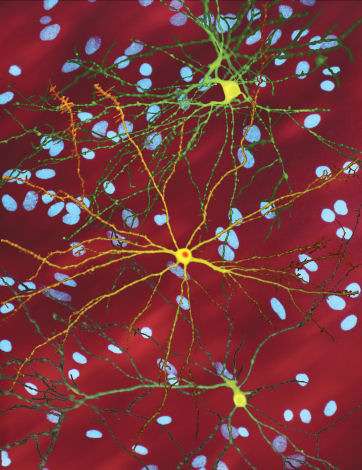Innovative Stroke Risk Calculator Enhances Prediction for Atrial Fibrillation Patients

A groundbreaking blood test-based risk calculator improves prediction accuracy for stroke in atrial fibrillation patients, aiding personalized treatment decisions.
Researchers from the University of North Carolina at Chapel Hill and the University of Vermont have introduced a new, more precise tool to evaluate stroke risk among individuals with atrial fibrillation (A-Fib), a prevalent heart rhythm disorder affecting over 10.5 million Americans and a leading cause of stroke. Published in the renowned Journal of Thrombosis and Haemostasis, their studies reveal that integrating blood test data into existing risk assessment models significantly improves predictive accuracy.
Atrial fibrillation causes the heart’s top chambers to quiver irregularly, slowing blood flow and increasing the likelihood of blood clot formation. These clots can travel to the brain, triggering strokes. While blood thinning medications, or anticoagulants, are effective in reducing this risk, they carry potential side effects, especially bleeding complications. Thus, accurately identifying patients who truly need these medications is crucial.
Current risk prediction primarily relies on the CHA2DS2-VASc score, which considers age, gender, and medical history. However, this method overlooks key factors like heart dysfunction, inflammation, and clotting tendencies. To address this gap, the researchers developed the CHA2DS2-VASc-Biomarkers score, which incorporates blood test results to refine risk prediction.
In two comprehensive studies involving over 3,100 participants followed for up to 13 years, scientists identified two blood biomarkers that enhance the prediction of stroke beyond traditional scores. These findings lead to a new scoring system capable of helping doctors decide who may benefit most from anticoagulant therapy.
Although the improved calculator is not yet available for clinical use, it promises to reduce unnecessary medication in low-risk patients and ensure high-risk individuals receive appropriate preventive treatment, potentially saving lives and reducing healthcare costs.
Source: https://medicalxpress.com/news/2025-10-physicians-atrial-fibrillation-patients.html
Stay Updated with Mia's Feed
Get the latest health & wellness insights delivered straight to your inbox.
Related Articles
UK Researchers Achieve Breakthrough in Slowing Huntington's Disease Progression with Gene Therapy
UK scientists have achieved a historic milestone by slowing Huntington's disease progression through an innovative gene therapy, offering hope for future treatments and patient stability.
Advanced CRISPR Technology Enables Large-Scale Gene Screening in Live Mouse Brains
A groundbreaking CRISPR platform enables large-scale gene screening directly in live mouse brains, advancing neurogenetic research and potential therapies.
Mediterranean Diet May Not Enhance Brain Health Across All Aging Populations
Recent research shows that while the Mediterranean diet promotes weight loss and metabolic health, its effects on cognitive function may vary among different aging populations. Longer studies are needed.



